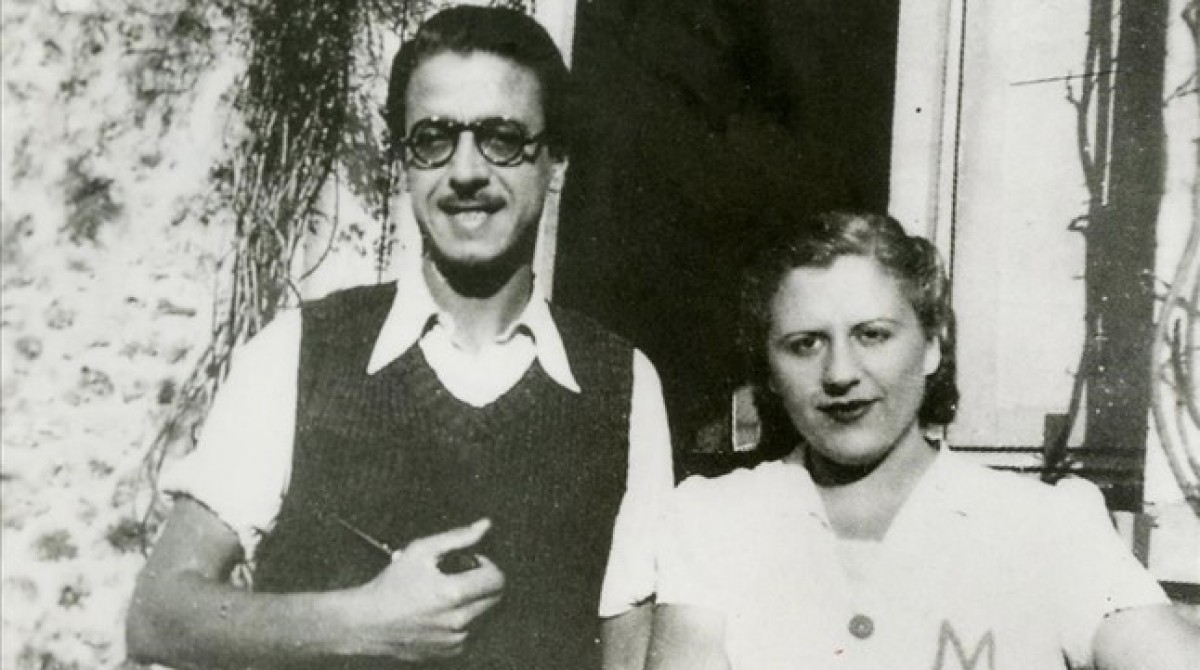El blog trata temas de Joan Miró y sus relaciones en Arte y Cultura, para un uso pedagógico o divulgativo. El uso de textos y enlaces, imágenes y grabaciones, no tiene intención comercial y las reclamaciones se atenderían de inmediato. Google ha insertado cookies y se da aviso, según la normativa.
Mis Blogs.
sábado, octubre 31, 2015
El artista español Alfonso Olivares (1898-1936) y su relación con Joan Miró.
miércoles, octubre 28, 2015
El artista estadounidense Jules Olitski (1922-2007) y su relación con Joan Miró.

domingo, octubre 25, 2015
La artista estadounidense Georgia O’Keeffe (1887-1986) y su relación con Joan Miró.


*<La pintura americana de los años 30>. París. Musée d’Orsay (12 octubre 2016-20 enero 2017). Londres. Royal Academy of Arts (2017). Chicago. Art Institute (2017). Retrospectiva más importante sobre el periodo: Edward Hopper, Georgia O’Keeffe, Charles Sheeler, Marsden Hartley, Grant Wood…
<Georgia O’Keeffe>. Madrid. Museo Thyssen-Bornemisza (20 abril-8
agosto 2021). Retrospectiva con 90 obras. Reseña de Espejo, Bea. El volcán y la brisa. “El País” Babelia
1.534 (17-IV-2021). / García, Ángeles. Las
flores por fin dejan ver el bosque de Georgia O’Keeffe. “El País”
(20-IV-2021). / Vozmediano, Elena. “El Cultural” (23-IV-2021). Un excelente
resumen de su obra. / Muñoz Molina, A. O’Keeffe
en los desiertos. “El País” Babelia 1.537 (8-VI-2021). Admiración por la
artista.
sábado, octubre 24, 2015
El escritor español Armand Obiols (1904-1971) y su relación con Joan Miró.
viernes, octubre 23, 2015
El artista español Isidre Nonell (1873-1911) y su influencia sobre Joan Miró.


jueves, octubre 22, 2015
El notario español Raimon Noguera (1897-1990) y su relación con Joan Miró.
miércoles, octubre 21, 2015
El escultor estadounidense Isamu Noguchi (1904-1988) y su relación con Joan Miró.



.jpg)
martes, octubre 20, 2015
La mecenas francesa Marie-Laure de Noailles (1903-1970) y su relación con Joan Miró.
López, Ianko (texto); Vázquez, Manuel (fotos). La casa de la alegría. “El País” Semanal 2.465 (24-XII-2023). La Villa Noailles.
domingo, octubre 18, 2015
El artista estadounidense Barnett Newman (1905-1970) y su relación con Joan Miró.

sábado, octubre 17, 2015
El arquitecto franco-estadounidense Paul Nelson (1895-1979) y su relación con Joan Miró.


martes, octubre 13, 2015
El editor y galerista español Manuel de Muga (1916-2006) y su relación con Joan Miró.
La catifa màgica.
Per a Joan de Muga. Galeria Joan Prats (2022). 3:02. [https://www.youtube.com/watch?v=flFl2Z6hEHQ]
Puigdollers, Bernat. Obituario. Adéu
a dos històrics, Joan de Muga i Ernesto Ventós. “Bonart” (II a IV-2020).
lunes, octubre 12, 2015
El grabador francés Fernand Mourlot (1895-1988) y su relación con Joan Miró.







